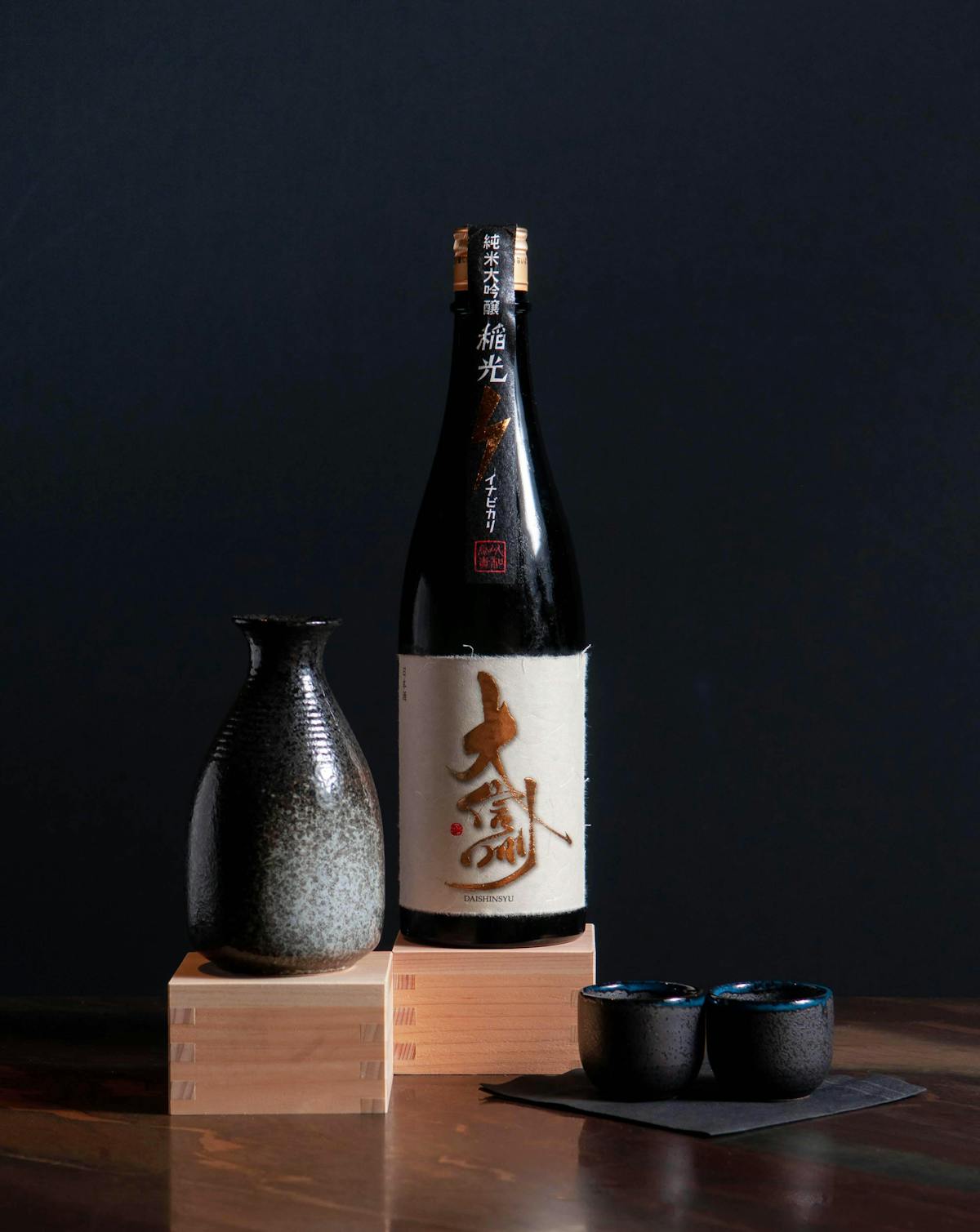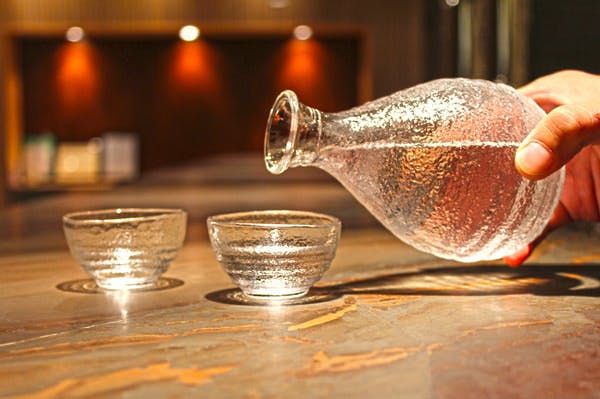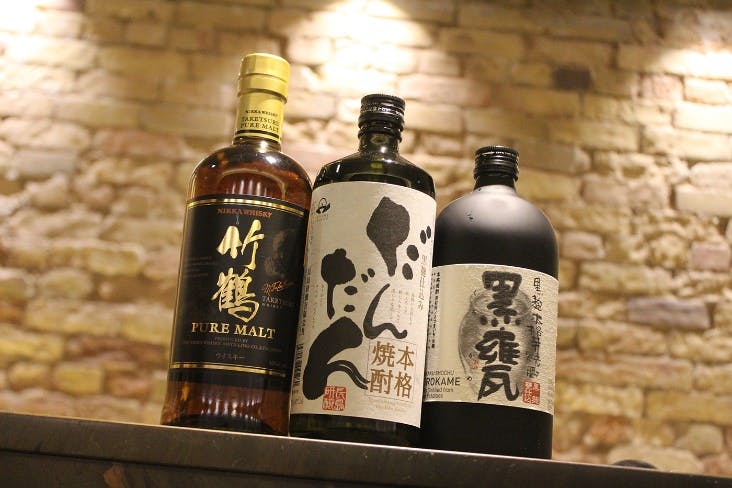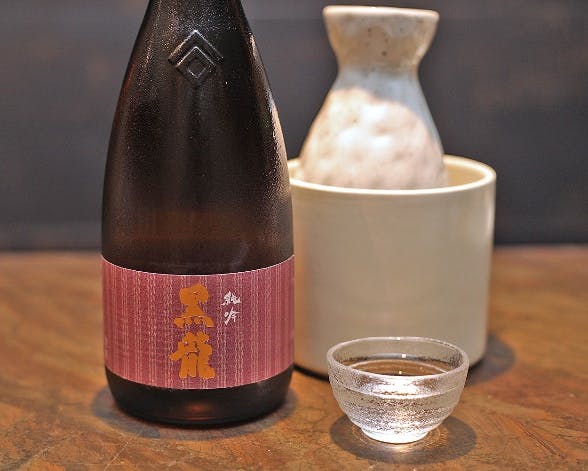The Story of Japanese Sake

For the latest events, news, and content from JaBistro, subscribe to our newsletter.
From its humble beginnings to global popularity in sushi restaurants everywhere, sake became Japan’s beloved national beverage.
Memorable occasions deserve a toast. In Japan, that toast is often made with sake.
Unlike wine or beer, sake is a traditional alcoholic drink made from fermented rice. In Japan, its more commonly known as nihonshu or Japanese liquor, as the word ‘sake’ can refer to any alcoholic beverage. This classic refreshment has been around for generations, predating recorded history, and can now be found in Japanese restaurants and sushi places everywhere.

Sake served in a traditional bottle and small cups called sakazuki.
Brewing sake is a complicated process. First, rice grains of only the highest quality are chosen and polished to remove the bran. They are then washed, soaked, and steamed before fermentation. Finally, the delicious concoction is complete and often served at special ceremonies, gently warmed in a small bottle and sipped from a small cup. However, it can also be served chilled or at room temperature in a variety of flavours, ranging from dry to sweet.
This sophisticated libation did not always have such a royal flair. The earliest known iteration of sake was made by villagers chewing and spitting rice and nuts into a tub, and the contents would be left to ferment with the enzymes from the villagers’ saliva. By the Nara period, this crude process was replaced when producers discovered koji, a mold enzyme that could be added to rice for fermentation.

Some of our selected sake options at JaBistro.
By the 10th century, temples and shrines began to brew the alcoholic beverage and became the main producers for the next 500 years. During the Meiji Restoration, laws were implemented to allow wealthy and knowledgeable citizens to operate their own breweries. And in the 20th century, technology had made a significant impact on sake production with enamel-coated steel tanks to replace the wooden barrels that were normally used.
Today, people around the world can enjoy this popular beverage and its many forms including junmai and honjozo.

Our Kokuryu Black Dragon sake that is rich in flavour and fragrance from Japan.
The definition of junmai is “pure rice” and this sake type is brewed with only water, yeast, koji mold, and rice that is polished to a minimum of 70%. Best served warmed or at room temperature, they lean more toward having a rich, full body with an intense and slightly acidic flavour.
Honjozo sakes also use rice grains that are polished to at least 70% but contain a small amount of alcohol to smooth out the brew’s flavour and aroma, making it light and easy to drink, either warmed or chilled.
At JaBistro, we have the utmost respect for the traditions and history of this famed Japanese beverage, which is why we scoured the world to carefully curate an exclusive selection for our guests to enjoy with their meal. Visit us by making a reservation and experience true Japanese sake in the heart of Toronto.
